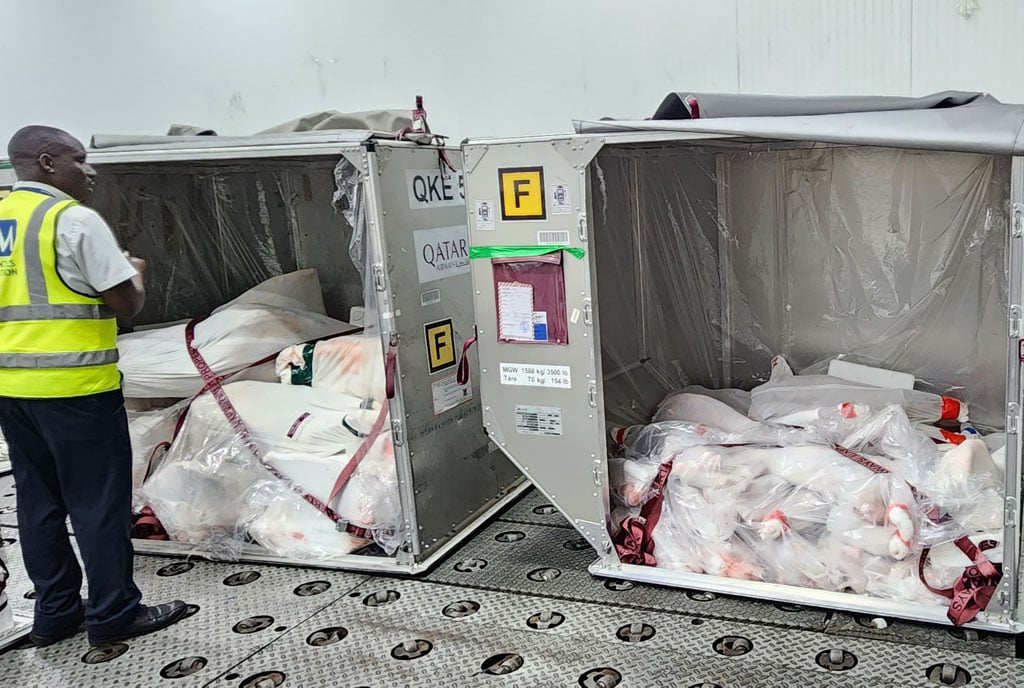Prime
PDM: Sub-county oligarchs have the password

Matsiko Kahunga
What you need to know:
One pundit has even asked the government to quote cases of countries where such a strategy has succeeded. But not everything needs a benchmark to succeed
It could as well be called the PDM Week. And indeed, it was. The last week of June 2022. Virtually all regions of the country were ‘attacked’ simultaneously by ministers and other government technocrats spreading the gospel of the Parish Development Model, now well captured as PDM.
As is wont to be with all government programmes and projects, mixed reactions are still rife about the PDM. One pundit has even asked the government to quote cases of countries where such a strategy has succeeded. But not everything needs a benchmark to succeed. There is always pioneering, with its ups and downs. So it is with the PDM. Let’s hazard an appreciative inquiry here.
The primary and cardinal pillar of the PDM is Agriculture Value Chain Development (Production, Processing and Marketing). Which is as well. We are a rural agricultural economy. The password to our prosperity lies therein. Unravelling this, virtually every word is a key word. Value chain. This we confuse with supply trail, the latter being what we practice here. A true value chain rests on four corners thus: PSPP(Planned-Structured-PredictableProfitable). Where in Uganda can we pinpoint a true, meaningful PSPP-value chain? The occasional bickering between sugar-cane farmers and the sugar processors tells us that even with large plantations, all is not PSPP.
A dissection of the activities under this pillar reveals one flaw that needs to be refocused. The sixth, the seventh and eighth activities of the pillar focus on the agri-business components of the value chain: drawing business plans, efficient management, storage, processing, and marketing. Most scepticism about the PDM stems from the fact that previous programmes failed. The main cause of their failure was the ‘community-level’ approach: community tractors, community warehouses, community processing machines.
These assets were donated, belonged to everybody and to nobody. The refocusing must be from ‘community-level’ to the lead firm. Also referred to as oligarchs. We need one oligarch per sub-county. We thus have Alto Agricom Ltd as the agri-industrial oligarch for Rwantaaho sub-county. Rwantaaho has soils and climate for growing millet, beans, cassava, sweet potatoes, irish potatoes, horticultural crops, range chicken, rabbits, cage-fish, range sheep, goats, and range cattle.
Alto Agricom receives a long term agri industrial financing facility from the Agricultural Credit Fund, with specific terms to establish a PSPP-value chain in Rwantaaho. The firm will recruit and deploy the essential technology and expertise along the value chain. The company agronomist will test and map the soils in the sub-county to advise which crop to grow where; the company crop scientists will take the lead in matters of seeds, fertilisers, pesticides, and related plant health issues.
The company veterinary doctors will be in-charge of the animal division. With tractors, irrigators, and other machinery and infrastructure. The farmer focuses on production. Land tilling, irrigation, seeds, fertilisers, and expertise all deployed by Alto Agricom. With its ACF long term agri-industrial facility, Alto will afford to offer these services and inputs to the farmers on credit terms, under contract-farming agreements. Quality assurance is vital here.
For quality inputs into processing and marketing, the harvesting will be handled by the company. Mindset change is a key element of the PDM. Selling crops still in the garden is no abomination. It is possible to compute to a high degree of precision the yield ratio: how many kilos of dry grain will a bag of freshly harvested millet yield? The farmer gets paid based on this, with the company taking charge of the drying, processing and packaging for the market. This is the password to transformation under PDM.
It is possible.




